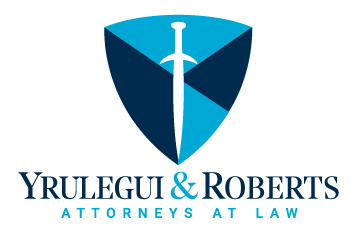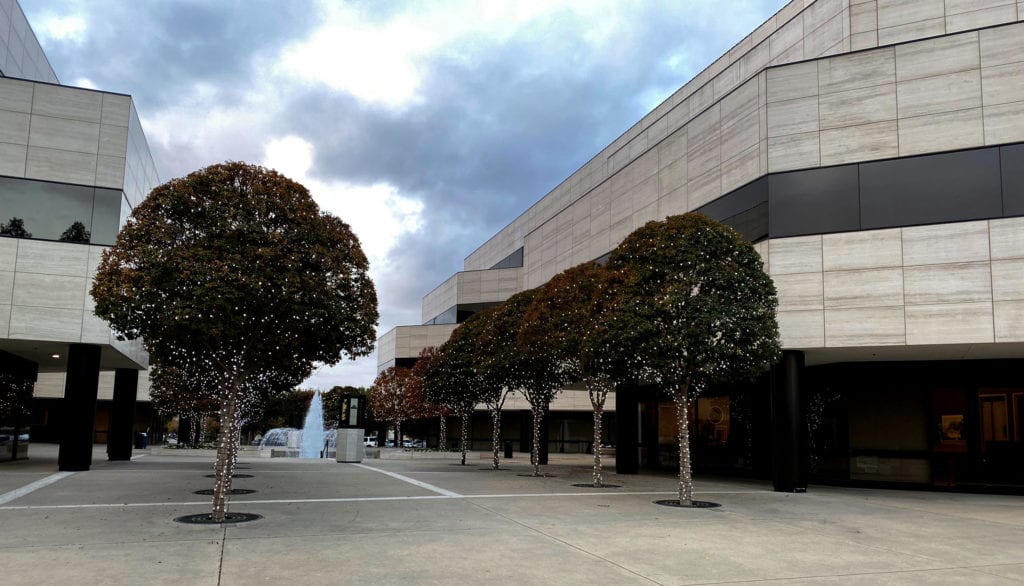In the context of workers’ compensation defense, procedural rules are essential to ensure that cases progress smoothly through the legal system. One such regulation, California Code of Regulations Section 10510, outlines the correct procedures for filing petitions and answers when requesting action from the Workers’ Compensation Appeals Board (WCAB). Whether you are petitioning for a particular relief or responding to a petition, compliance with these rules is crucial to avoid procedural pitfalls.
At Yrulegui & Roberts, we assist employers and claims administrators in navigating these requirements to ensure petitions and answers are properly filed and defended. Below, we will break down the key components of Section 10510 and its significance in workers’ compensation litigation.
What is California Code of Regulations Section 10510?
CCR Section 10510 provides the framework for how parties involved in a workers’ compensation case should file petitions and answers before the WCAB. A petition is essentially a formal request asking the WCAB to take specific action on a case, while an answer is the response to that petition. The regulation also covers important requirements regarding verification, service, and deadlines that must be followed for petitions and answers to be considered valid.
Key Components of Section 10510
- Petitions and Captions:
- According to Section 10510(a), any request for action by the WCAB (except for specific form pleadings under Rule 10500) must be made by filing a petition. The caption of the petition must include the case title, the adjudication case number, and a clear indication of the type of relief being sought. This ensures that the petition is properly identified and processed by the WCAB.
- Filing and Service Requirements:
- Petitions and answers must be filed in compliance with Rule 10615 (which governs the method of filing) and served on all relevant parties in accordance with Rule 10625. Importantly, if a party fails to file a proof of service along with the petition or answer, the WCAB may summarily dismiss or deny the petition, or reject the answer, without further review.
- Answer Deadlines:
- Per Section 10510(c), an answer to a petition may be filed within 10 days after the petition is served. The time for filing an answer may be extended in accordance with Rule 10605 (which governs extensions), unless a specific deadline is provided by another rule or order.
- Verification Requirement:
- Both petitions and answers must be verified under penalty of perjury in the same manner required for verified pleadings in courts of record. This verification serves as a sworn statement attesting to the truth of the facts presented in the petition or answer. Failure to verify a petition or answer is grounds for the WCAB to summarily dismiss or deny the petition or reject the answer.
- Document Requirements:
- Document cover sheets and document separator sheets are required to be filed with each petition or answer, as specified by Section 10510(e). The appropriate title for the petition or answer must be entered into the document title field of the separator sheet. These forms ensure the WCAB processes and organizes the documents correctly in its electronic system (EAMS).
- Additionally, any previously filed documents should not be attached to the petition or answer. If such documents are attached, they may be discarded by the WCAB, as noted in Section 10510(f). This rule prevents unnecessary duplication and helps streamline the review process.
Importance of Compliance with Section 10510
Adhering to the requirements of Section 10510 is crucial in ensuring that your petition or answer is properly considered by the WCAB. Non-compliance, such as failing to verify the petition or answer or neglecting to include a proof of service, can result in the petition being summarily dismissed or denied, causing delays and potentially unfavorable outcomes.
For employers and claims administrators, understanding these procedural rules is vital for defending against claims effectively and making sure that any requests for action—such as dismissals, sanctions, or requests for hearings—are handled in a timely and compliant manner.
Conclusion
California Code of Regulations Section 10510 provides the rules for filing petitions and answers before the WCAB in workers’ compensation cases. Proper compliance with these procedural requirements is essential to ensure that your filings are processed and considered by the Board. At Yrulegui & Roberts, we assist our clients in navigating these rules to ensure that petitions and answers are filed correctly, avoiding unnecessary delays or dismissals.
If you need assistance with workers’ compensation defense, including filing or responding to petitions, contact Yrulegui & Roberts today. We’re here to help you navigate California’s complex workers’ compensation system efficiently and effectively. We currently handle matters venued at all Boards in California!


